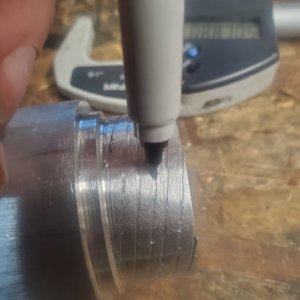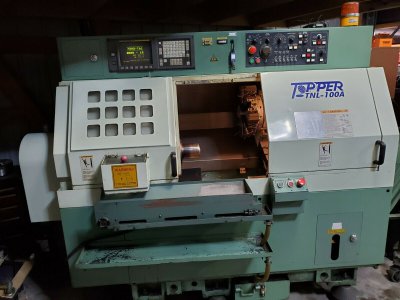- Joined
- Jul 5, 2014
- Messages
- 2,852
Wow, a lot to digest for me.
I'm in the house now ad got lazy and just re-coded the file instead of going out to the shop to get the file off the machine and now the numbers are coming out like the ones papa charlie posted. Different than before only just slightly.
Got to thinking about this and nothing has changed in the file (didn't make any changes) but the numbers are different since I got my 1 year trial of fusion approved. I've seen posts mentioning this elsewhere, but just didn't think about it until now. I will go out after everyone wakes up and run the file.
Using a sharpie and cutting shallow makes sense. I'm going to try with papa charlies numbers, the try the sharpie if necessary.
I'm definitely interested in the spreadsheet. That would be so easy considering what Ive went through already.
I never thought when I started this thread it would have such a response. I feel privileged to be an accepted part of this community.
I'm in the house now ad got lazy and just re-coded the file instead of going out to the shop to get the file off the machine and now the numbers are coming out like the ones papa charlie posted. Different than before only just slightly.
Got to thinking about this and nothing has changed in the file (didn't make any changes) but the numbers are different since I got my 1 year trial of fusion approved. I've seen posts mentioning this elsewhere, but just didn't think about it until now. I will go out after everyone wakes up and run the file.
Using a sharpie and cutting shallow makes sense. I'm going to try with papa charlies numbers, the try the sharpie if necessary.
I'm definitely interested in the spreadsheet. That would be so easy considering what Ive went through already.
I never thought when I started this thread it would have such a response. I feel privileged to be an accepted part of this community.



